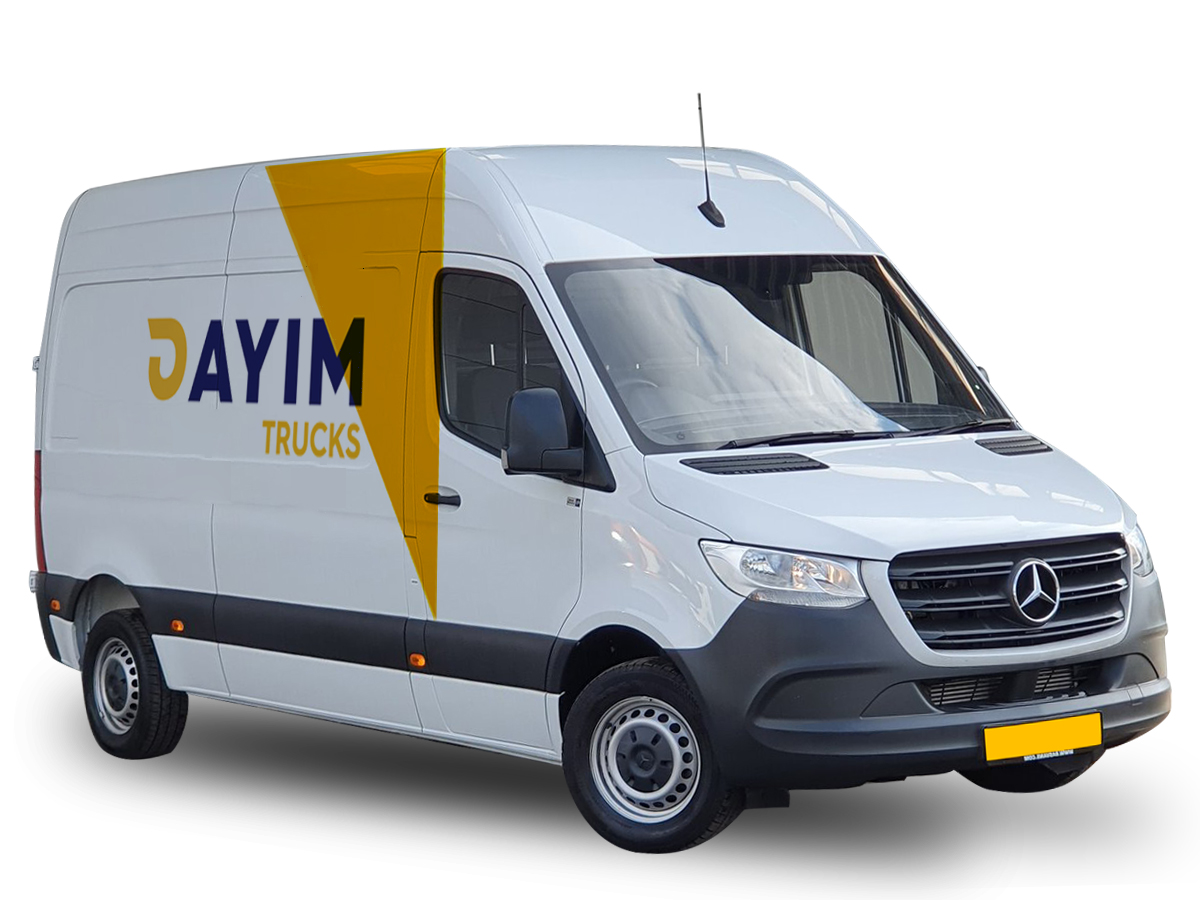27
December
Safety Tips and Best Practices When Renting Boom Trucks
Boom trucks are essential tools for industries like construction, utilities, and logistics, where heavy lifting and working at heights are common tasks. These versatile vehicles combine the capabilities of a crane and a flatbed truck, making them ideal for various applications. However, operating boom trucks involves risks, and safety must be a top priority to protect operators, workers, and equipment. Whether you’re renting boom trucks for a specific project or long-term use, adhering to safety guidelines and best practices is critical.
This blog provides comprehensive safety tips and best practices for ensuring the safe operation of boom trucks and maximizing their efficiency on the job site.
1. Why Focus on Safety When Renting Boom Trucks?
Boom trucks, also known as truck-mounted cranes, are powerful machines that can perform complex lifting and positioning tasks. However, improper usage can lead to accidents, equipment damage, and project delays. Focusing on safety when renting boom trucks ensures:
- Protection of Workers: Reduces the risk of injuries or fatalities.
- Minimized Downtime: Prevents accidents that can halt operations.
- Cost Savings: Avoids damage to rented equipment and costly liabilities.
- Regulatory Compliance: Ensures adherence to industry safety standards and regulations.
Prioritizing safety during boom truck rental not only safeguards your workforce but also enhances the overall efficiency and success of your project.
2. Choose the Right Boom Truck for the Job
Selecting the appropriate boom truck rental is the first step in ensuring safe operations. Consider the following factors:
A. Load Capacity
- Verify the weight and size of the loads the boom truck will handle. Overloading the truck can lead to mechanical failure and accidents.
- Check the rated lifting capacity of the truck and ensure it matches the requirements of your project.
B. Reach and Height
- Choose a truck with a boom length that meets your height requirements, ensuring safe and effective lifting.
- Consider the maximum horizontal reach for placing loads at extended distances.
C. Terrain Compatibility
- Assess the job site’s terrain and select a truck with appropriate stability features for uneven or rugged surfaces.
- Some boom trucks are equipped with outriggers or stabilizers to enhance safety on challenging terrain.
D. Operator-Friendly Features
- Opt for trucks with advanced safety features, such as load moment indicators, anti-two-block systems, and emergency stop controls.
3. Conduct a Pre-Rental Inspection
Before accepting the rented boom truck, perform a thorough inspection to ensure it’s in optimal working condition. Key steps include:
- Inspect the Boom: Check for visible damage, cracks, or corrosion on the boom and its joints.
- Verify Hydraulic Systems: Ensure there are no leaks, and the hydraulic system operates smoothly.
- Test Safety Features: Confirm that load limiters, stabilizers, and emergency stop mechanisms are functioning correctly.
- Check Tires and Brakes: Assess tire conditions and brake performance for safe transportation and operation.
Request maintenance records from the rental company to verify that the truck has been regularly serviced and complies with safety standards.
4. Provide Proper Training for Operators
Operating a boom truck requires specialized skills and knowledge. Ensure that all operators:
- Are Certified: Verify that operators have the necessary certifications to operate boom trucks safely.
- Understand Equipment Limitations: Provide training on the truck’s load capacity, reach, and other specifications.
- Are Familiar with Controls: Conduct hands-on training sessions to familiarize operators with the truck’s controls, including emergency systems.
If your team lacks experienced operators, consider hiring a trained professional through the rental company to ensure safe and efficient operations.
5. Establish a Safe Work Zone
Creating a safe work environment is crucial for preventing accidents during boom truck operations. Implement the following practices:
A. Set Up Clear Boundaries
- Use barriers, cones, or caution tape to mark the work zone and keep unauthorized personnel out.
- Designate a spotter or supervisor to monitor the area and ensure compliance with safety protocols.
B. Ensure Proper Ground Stability
- Inspect the ground conditions to ensure stability. Soft or uneven surfaces can cause the truck to tilt or tip over.
- Use outriggers and mats to distribute the truck’s weight evenly and enhance stability.
C. Maintain Clearance
- Ensure adequate clearance from overhead obstacles, such as power lines, trees, and buildings.
- Follow OSHA regulations, which recommend maintaining at least a 10-foot clearance from power lines.
6. Conduct Pre-Operation Safety Checks
Before starting any lifting operations, perform a safety checklist to identify potential risks and ensure everything is in order:
- Inspect the Load: Verify that the load is securely attached using appropriate slings or hooks.
- Test the Boom: Extend and retract the boom without a load to ensure smooth operation.
- Check Communication Devices: Ensure that radios, hand signals, or other communication methods are functioning and understood by the team.
- Review Emergency Procedures: Confirm that all personnel know what to do in case of an emergency.
7. Follow Safe Lifting Practices
When operating a boom truck, following safe lifting practices is essential to avoid accidents and ensure efficiency:
- Never Overload the Boom: Adhere to the truck’s load capacity and avoid exceeding the manufacturer’s recommendations.
- Balance the Load: Distribute the load evenly to prevent instability or tipping.
- Operate at a Controlled Speed: Avoid sudden movements, such as jerking or rapid swinging, which can destabilize the boom or load.
- Monitor Weather Conditions: Avoid operating the boom truck during high winds, rain, or other adverse weather conditions that could compromise safety.
8. Regularly Inspect and Maintain the Truck
Even during short-term rentals, routine inspections and maintenance are crucial to ensure the truck remains in safe working condition:
- Daily Inspections: Check the boom, hydraulics, and safety features for any signs of wear or damage before each use.
- Report Issues Immediately: Notify the rental company of any problems and request immediate repairs or replacements.
- Follow the Manufacturer’s Guidelines: Adhere to recommended maintenance procedures for the duration of the rental period.
9. Prioritize Team Communication
Effective communication is vital for safe and efficient boom truck operations. Use the following methods to maintain clear communication:
- Use Standard Hand Signals: Train the team on standard crane hand signals for guiding the operator during lifting tasks.
- Utilize Radios or Headsets: Equip the crew with reliable communication devices to stay in constant contact.
- Conduct Safety Briefings: Hold daily safety briefings to discuss the tasks, potential risks, and safety protocols.
10. Work with a Reputable Rental Provider
Choosing a trustworthy rental provider is a critical step in ensuring a safe and smooth experience. Look for a company that:
- Maintains High Safety Standards: Ensure their trucks undergo regular maintenance and meet industry regulations.
- Offers Training and Support: Select a provider that offers operator training and technical support during the rental period.
- Has Positive Reviews: Research customer reviews and testimonials to assess the company’s reliability and service quality.
Conclusion
Renting boom trucks offers an efficient and cost-effective solution for heavy lifting tasks in industries like construction, utilities, and logistics. However, ensuring safety is paramount to protecting workers, preventing accidents, and maximizing the benefits of the rental.
By following the safety tips and best practices outlined in this blog—choosing the right equipment, conducting thorough inspections, providing proper training, and working with a reliable rental provider—you can create a safe and productive environment for your team. Prioritizing safety not only minimizes risks but also ensures the success and efficiency of your project when using boom truck rentals.
Stay proactive, stay safe, and make the most of your rented boom trucks!


Comments